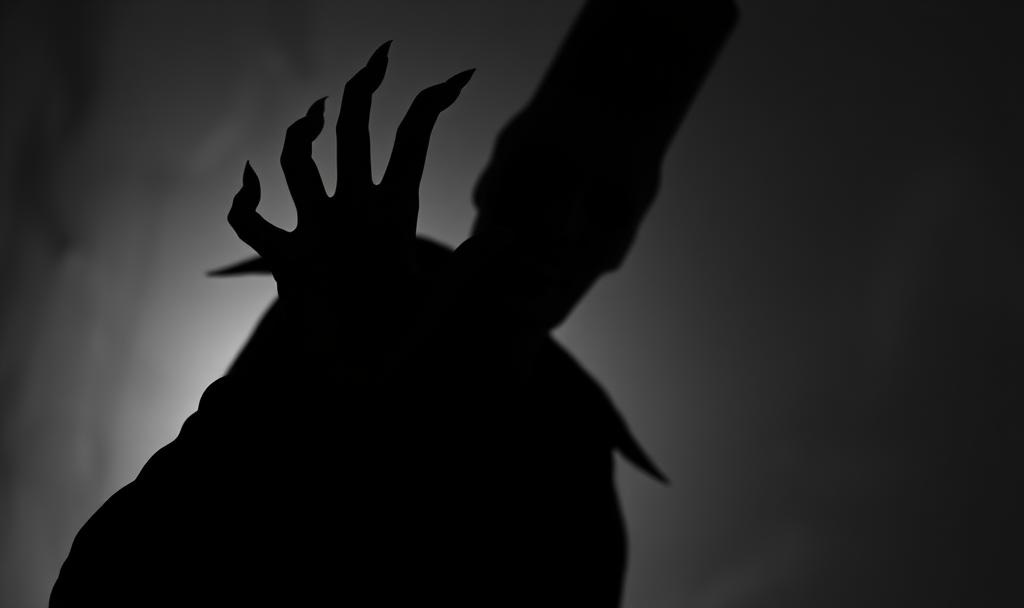Nosferatu and traditional knowledge

"Nowadays, most people tend to see the figure of the vampire as a product of mass culture (movies, novels, games, comics) or as part of that genre folklorists sometimes call "popular tales," that is, narratives that, even in their original, pristine context, were already accepted as fiction—fairy tales and fables, for instance. But that is a mistake.
The idea that the dead return to consume the lives of the living, draining their vital energy or blood, was part of the "popular epidemiology" of a significant part of Europe for centuries. In fact, digging up vampires, cutting off their heads, and reducing their hearts to ashes was a traditional remedy for epidemic diseases, deeply rooted in quite venerable "ways of knowing."
This tradition isn’t even dead (no pun intended): in 2004, residents of a village in Romania exhumed the body of Petre Toma, a 76-year-old recently deceased man, opened his chest, removed his heart, impaled the organ on a stake, burned it until only ashes remained, dissolved the ashes in water, and gave the mixture to a sick woman—an alleged victim of the vampire—to drink. "Well, the patient improved, so they must have done something right," said a local resident, echoing the eternal episteme of popular wisdom: if it seems to work, it's because it works."
more in the article by Carlos Orsi


